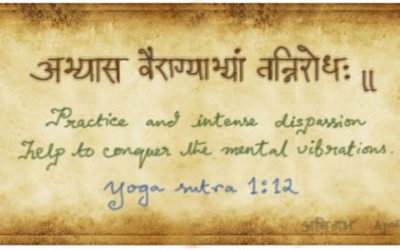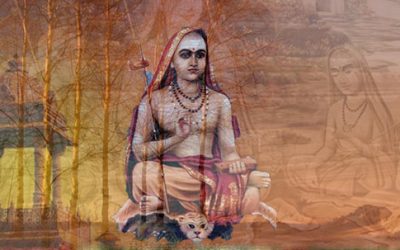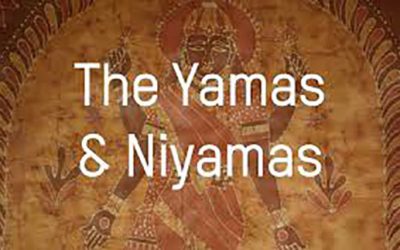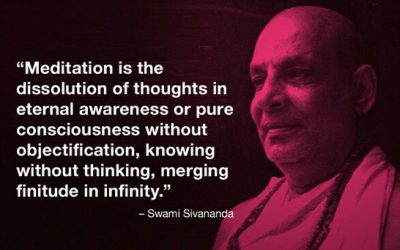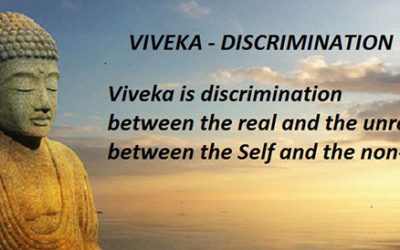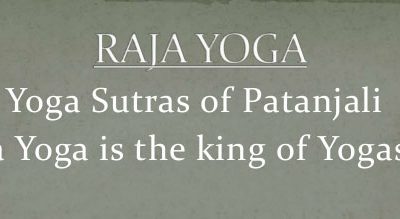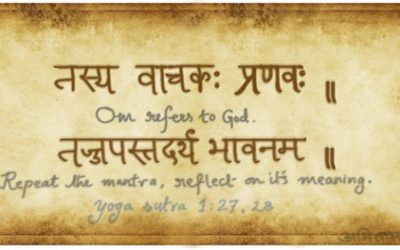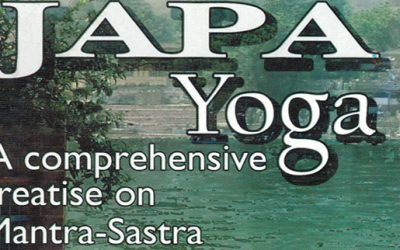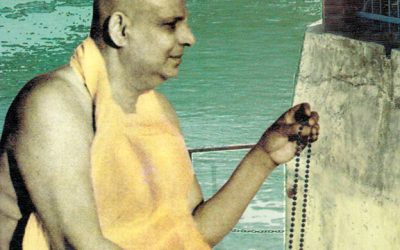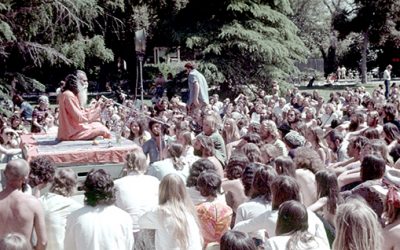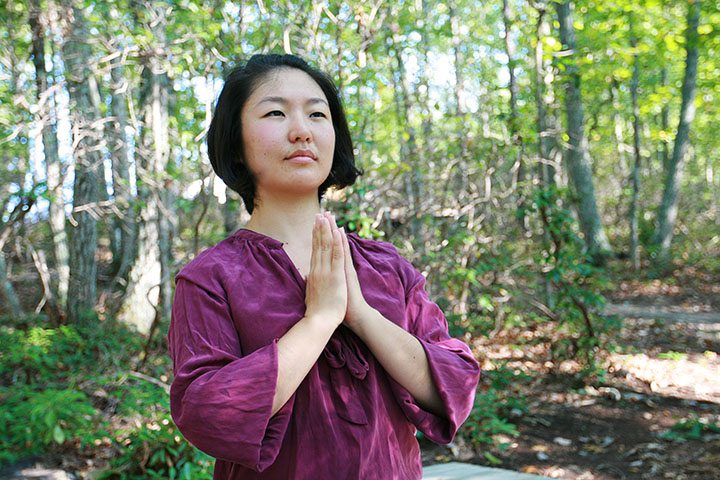Articles
Explore Latest Posts
Explore Videos
The Beginning Days at 500 West End Avenue
By Karuna Kreps I first learned of Swami Satchidananda when I was 16 and saw his striking photograph on the front page of the Village Voice. The caption read something like, “Flower children meet Swami Satchidananda at JFK Airport as he returns to New York, after...
My First Integral Yoga Experience: Two Integral Yoga Teacher Trainers Look Back
By Kali Morse and Rashmi Galliano We have been leading Basic Integral Yoga Teacher Trainings for many years now and of course, one of the first practices that we share with the teacher trainees is Surya Namaskaram. My (Kali) first experience of Surya Namaskaram was in...
Yoga, Medicine, and Transformation
An Interview with Dean Ornish, M.D. Integral Yoga Magazine (IYM): Please tell us about your relationship with Swami Satchidananda. Dean Ornish (DO): Let me begin by saying that I wouldn’t be alive today if it weren’t for Swami Satchidananda—because I was very close to...
Bringing the Swami to America
By Peter Max Since meeting Swami Satchidananda, the last 50 years have been the best years of my life. I’ve learned so much from Gurudev; even the way I met him was miraculous. It was 1966—a time of psychedelic experimentation among the youth and Yoga was virtually...
Truth-Consciousness-Bliss: Celebrating 50 Years of Integral Yoga
त्यं ब्रूयात्प्रियं ब्रूयान्न ब्रूयात्सत्यमप्रियम् । प्रियं च नानृतं ब्रूयादेष धर्मः सनातनः ॥ satyam brūyat_priyam brūyan_na brūyāt_satyam_apriyam priyam cha nānṛitam brūyādéṣha dharmaḥ sanātanaḥ ~Manusmriti 4:138 The above verse is from an ancient Sanskrit scripture...
The Essence of Integral Yoga
Traditionally there are five separate Yogas. Each, like a spoke of a wheel, leads to the hub, to oneness or union with the Divine. Hatha, the way of the body; Raja, the way of the mind; Karma, the way of service; and Bhakti, the way of the heart. “Some people think...
Jnana Yoga and Vedanta in the Yoga Sutras
We learn from our study of Yoga and Vedanta that their goals are one and the same: realization of the true Self. Both sages Veda Vyasa, and Sri Patanjali, in his Yoga Sutras, taught that by cultivating viveka (discriminative discernment) the cause of suffering...
The Relationship Between Yoga & Vedanta
Dr. David Frawley (Pandit Vamadeva Shastri), a regular contributor to Integral Yoga Magazine, is one of the few westerners recognized in India as a Vedacharya or teacher of Vedic wisdom. In this interview, he clearly illustrates the relationship between Yoga and...
The Jnana Yoga of Adi Shankara
Sri Adi Shankara is considered to have shaped the Hindu religion for the 1200 years following his disappearance from the world at age 32 in the early part of the ninth century. Having brought forth the advaita philosophy in its fully systematized and polished form, he...
What Does Self-Realization Mean to You?
At a satsang in New York some years ago, I raised the question, “What matters most to you?” I spoke about the importance of clarifying what we value and reflecting on the ultimate purpose of our lives. Speaking to a group of yogis, I was not surprised that someone...
When Work Is Worship
Work is worship. Work is meditation. Serve all with intense love without any idea of agency and without expectation of fruits or reward. You will realise God. Service of humanity is service of God. Work elevates when done in the right spirit without attachment or...
Yama & Niyama: A Psychospiritual Perspective
Maharishi Patanjali prescribed inner and outer purification as a prerequisite for pursuing the path of Yoga. Yama, or the five abstinences, might be described as enlightened self-control. Niyama, or the five observances, might be defined as self-regulation. In this...
Patanjali’s Raja Yoga
Patanjali’s Yoga system is written in sutras. A sutra is a terse verse. It is an aphoristic saying. It is pregnant with deep, hidden significance. Rishis of yore have expressed philosophical ideas and their realization in the form of sutras only. It is very difficult...
Lessons from Raja Yoga: Viveka (Discrimination)
Patanjali once beautifully said, “Dukham evam sarvaam vivekinaha.” For a viveki, a person with discriminative knowledge, everything is painful. When you realize that everything is painful you cease to develop attachments toward those things. In fact, it is to relieve...
Raja Yoga: The King of Yogas
Raja Yoga is the king of Yogas. It is concerned directly with the mind. The Yogi sits at ease, watches the mind and silences the bubbling thoughts. The Yogi stills the mind, restrains the thought-waves and enters into the thoughtless state or asamprajnata samadhi....
Raja Yoga: The Essence of Yoga
When the word Yoga is mentioned, most people immediately think of some physical postures for relaxing and limbering up the body. This is one aspect of the Yogic science, but actually only a very small part and relatively recent in development. The physical Yoga, or...
The Spiritual Power of Good Company
The purpose of Yogaville is to live together to help ourselves and each other find the peace and ease. As individuals, we may find it hard to achieve that end; so, collectively, we are helping each other. That is the goal. Like-minded people living together, helping...
The Mystic OM
In this article, Integral Yoga master teacher Rev. Jaganath Carrera discusses sutras 1.27 through 1.29 of the Yoga Sutras of Patanjali. In these sutras, Sri Patanjali introduces us to the OM mantra and the practice of mantra japa, which he explains is a most effective...
Japa Yoga Sadhana
INTRODUCTION Sadhana is purifying and steadying the mind and fixing it on the Lord. Without Sadhana you cannot attain the Sadhya or the object of meditation i.e., the Supreme Being, the abode of Immortality and Bliss. Japa is an important Sadhana. Make a resolve "I...
What is Japa Yoga?
WHAT IS JAPA ? Repetition of any Mantra or Name of the Lord is known as Japa. Japa is an important Anga of Yoga. It is a spiritual food for the hungry soul. Japa is the rod in the hand of the blind Sadhakas (aspirants) to plod on the road to Realization. Japa is the...
Questions & Answers on Mantra and Meditation
Question: What is the difference between meditating on something like a mantra and meditating on nothing at all, that is, on no particular mantra, thought or phrase? Will there be different results? Swami Satchidananda: No. But you have to teach me, how to meditate on...
The Name of God
The mystic sound OM is the word expressive of God. It is God’s name. We have to give a name to God, but it is rather difficult to find a suitable name for that nameless, formless, omnipresent and omniscient One. The Yoga Sutras of Patanjali say, “Tasya vachaka...
Mantra Meditation
I am often asked, “What should I meditate upon?” The simplest thing is to repeat a mantra (a mystic sound). It is a very sound method. It is really simple, but at the same time, very powerful. It could be OM or AMEN or HARI OM or OM SHANTI—any mantra you like. If you...
Listening to the Sound Within
Nada Yoga is the Yoga of sound and it includes practices using sound formulas and mantras. Mantra repetition itself is a Nada Yoga practice. Through repeating the mantra, you gradually develop that sound vibration within. After practicing for a long time, you will be...
Bhakti Yoga: The Path of Love & Devotion
The word “bhakti” means devotion. Bhaktas are devotees whose goal is to attach themselves completely to God, or the Beloved. Our entire nature is based on such love. We are attached to so many things. From early childhood, we learn to cling to someone or...



